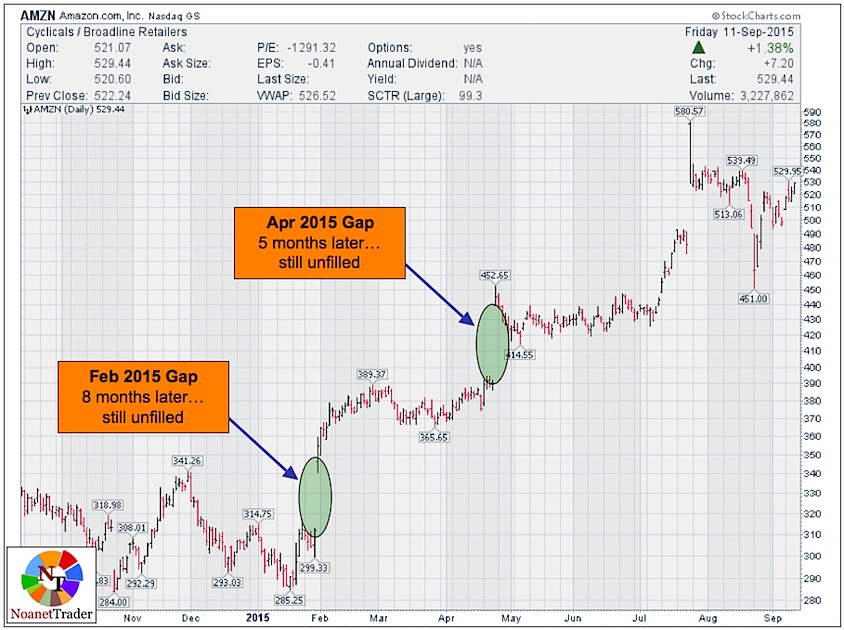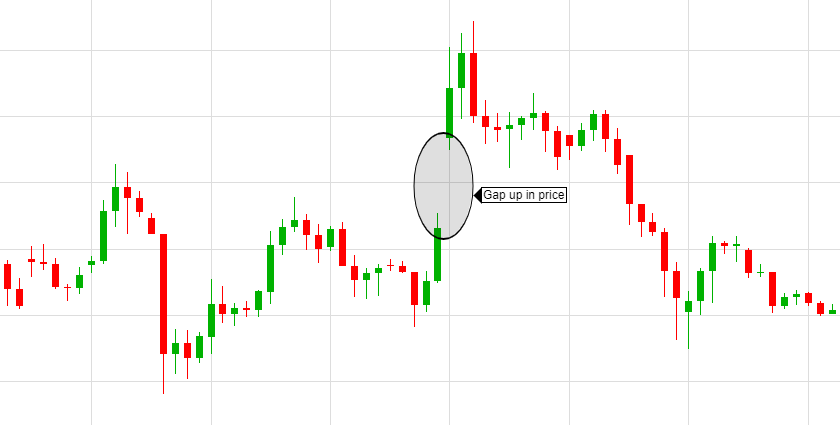

The unemployment gap is a concept closely related to the output gap. Similarly, if actual output falls below potential output over time, prices will begin to fall to reflect weak demand. All else equal, if the output gap is positive over time, so that actual output is greater than potential output, prices will begin to rise in response to demand pressure in key markets. As such, the output gap measures the degree of inflation pressure in the economy and is an important link between the real side of the economy-which produces goods and services-and inflation. In this context, the output gap is a summary indicator of the relative demand and supply components of economic activity. Policymakers often use potential output to gauge inflation and typically define it as the level of output consistent with no pressure for prices to rise or fall.


A negative gap means that there is spare capacity, or slack, in the economy due to weak demand.Īn output gap suggests that an economy is running at an inefficient rate-either overworking or underworking its resources. Inflation and unemployment
#Gap fill meaning stocks full#
A negative output gap occurs when actual output is less than what an economy could produce at full capacity. This happens when demand is very high and, to meet that demand, factories and workers operate far above their most efficient capacity. A positive output gap occurs when actual output is more than full-capacity output. Just as GDP can rise or fall, the output gap can go in two directions: positive and negative. Often, potential output is referred to as the production capacity of the economy. Potential output is the maximum amount of goods and services an economy can turn out when it is most efficient-that is, at full capacity. The output gap is an economic measure of the difference between the actual output of an economy and its potential output. That is, they are interested not only in whether GDP is going up or down, but also in whether it is above or below its potential. When times are good, by contrast, that output-usually measured as GDP-increases (see “ Gross Domestic Product: An Economy’s All” in F&D's compilation of Back to Basics columns- One thing that concerns economists and policymakers about these ups and downs (commonly called the business cycle) is how close current output is to an economy’s long-term potential output. 3Įconomists look for the difference between what an economy is producing and what it can produceĭuring economic downturns an economy’s output of goods and services declines. Finance & Development, September 2013, Vol.


 0 kommentar(er)
0 kommentar(er)
